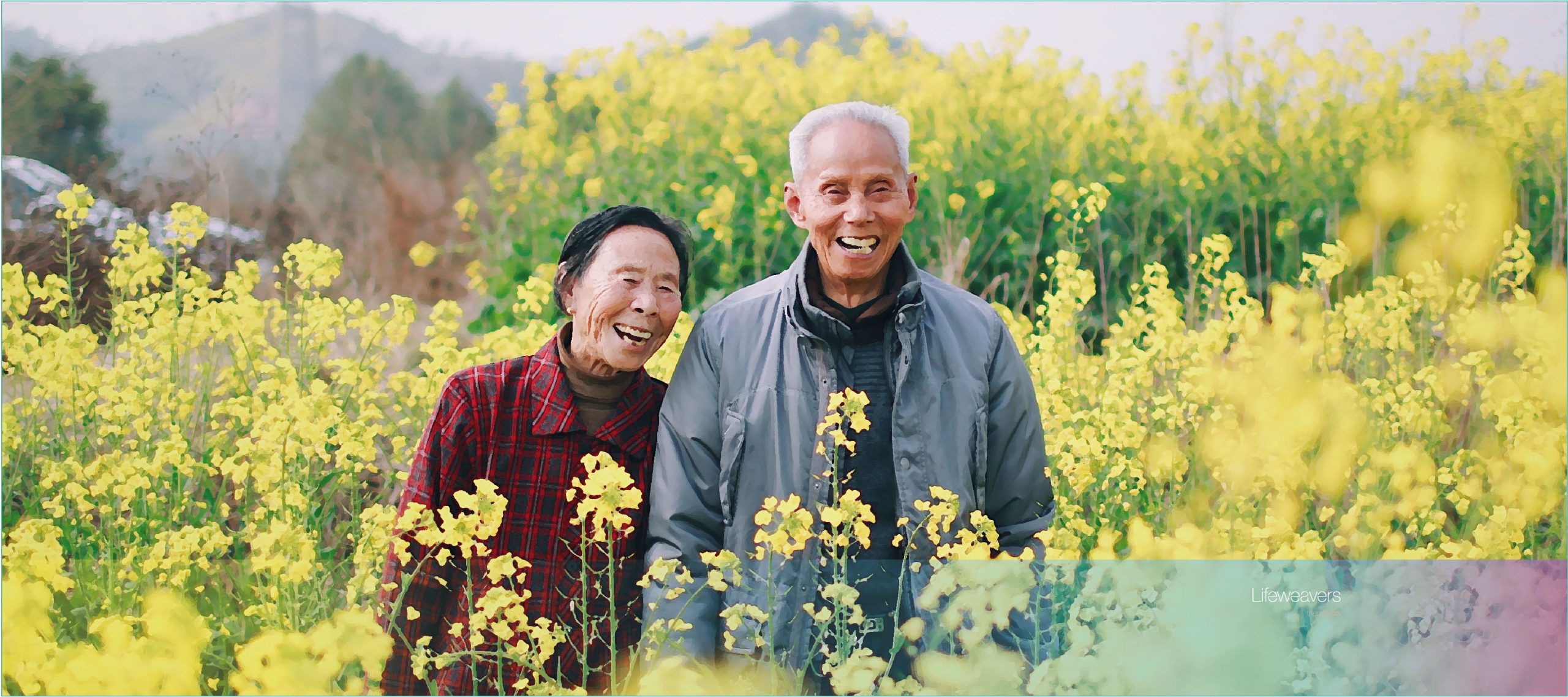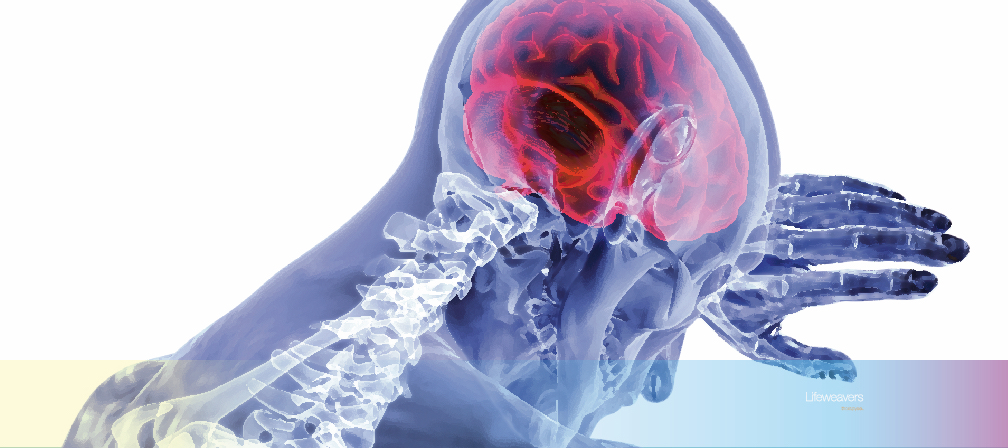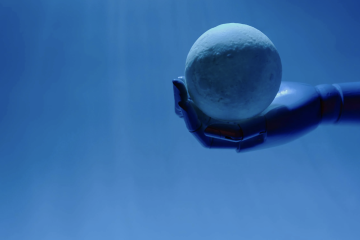Stroke Recovery's Golden Window of Opportunity is As Early As Possible.
Like any medical condition, a stroke can vary for each patient, presenting a diverse set of symptoms. This will in turn affect the subsequent recovery greatly. Recovery may be different for different individuals, which will have a lot to do with the type of physical therapy that will be provided. The Lifeweavers team is set out to support the person with stroke in every step they take towards recovery.
First things first, recovery following the development of a stroke should be implemented immediately – when the patient is in first stage of the condition. Before explaining what happens in this stage, we should talk a little about how this stroke is generated in order to understand more about it.
Physiology of a Stroke: Stage 1.
A stroke occurs when the blood supply (oxygen, nutrients, etc.) stops flowing to a part of the brain. This can happen due to a blockage of the blood vessel (thrombus) or a rupture of one of these vessels (aneurysm), that is, ischemic and hemorrhagic stroke, respectively.
Due to the arrangement of the existing nerve fibers and that usually this failure of blood supply is in a specific area of the brain, certain functions of the body contralateral to the injury (relating to or denoting the side of the body opposite to that on which the condition occurs) may be affected in one way or another. One of the most frequent symptoms is contralateral paralysis, that means, if the right side of the brain is affected, the paralysis will affect the left side of the body and vice versa.
Another thing to know is that, during this first stage, the affected part of the lesion is not completely dead, but a large part of it is responding to the damage by inflammatory processes that will gradually disappear. This gives way to stage 1 symptoms, which include:
Flaccid paralysis, or complete lack of voluntary movement, usually occurs in stage 1. Because the brain is affected, signals to the muscle are not sent correctly, which affects its motility. Over time, if the case is not professionally attended to, the muscles will lose strength and volume, making the patient weaker, at least on the affected side.
Hypotonia, or low muscle tone, is capable of causing weakness and numbness of the affected limb. Unlike the previous symptom, where the patient cannot move the muscle, in this case, he/she can move it but very weakly, which seriously affects the performance of daily life activities, such as walking, holding something in the hand, dressing, etc.
Treatment methods for stage 1 stroke symptoms.
Although a stroke can represent a quite severe compromise to a person’s motor and mental functions, nowadays, fortunately, there are known therapeutic methods capable of improving this condition, not only by enhancing the affected functions, but also by taking advantage of the unaffected ones, mainly belonging to the contralateral side of the body and to healthy neuronal parts.
With luck and hard work, the patient will be able to move on to other stages of recovery with a better prognosis in which the Lifeweavers team to enhance the support for.
Some of these methods include:
Use of unaffected limbs. A good way to help the affected body part not to lose muscle volume and develop joint stiffness is to use the unaffected limbs to carry the work. This will allow you to passively exercise the affected limbs, as the voluntary function is not available. While this can be done perfectly well by the patient him/herself, many of the methods applied by the health professional will be based on this, promoting movement in the least painful way possible and increasing, little by little, the patient’s range of motion.
Active movement. For patients who have maintained a certain degree of muscle strength, simple movements are recommended, which, over time, can favor the maintenance of muscle tone and recover the functionality of the limb. With this method, repetition is essential for recovery. Lifting a cane or small weight, rolling a medicine ball with the legs, or straightening the arms and legs are all examples of this.
Mirror therapy. The brain is able to create new neural pathways to perform actions in which pathways have been damaged. This is the case of using a mirror box in stage 1 strokes. By placing the affected limb inside the box, the patient will proceed to move the healthy limb in front of the mirror. This will observe the whole process, which may promote neuroplastic changes in the brain that can make the affected limb move in the future.
Visualize the movements with the mind. Similar to the previous method, mental visualization can also promote neuroplasticity. Because the brain does not differentiate between real and imagined images, thinking about moving the affected limb can produce the same effects of creating new neural pathways.
Golden window of opportunity. Both the person and their family are probably dealing with the shock from the stroke happening but it is very important to understand the need to find calm to quickly decide on rehabilitative therapy as soon as possible before the brain and body let the effects of the stroke set in.
Our therapy team specializes in working with people in this window to intensify the goals towards recovery with a multi-disciplinary approach from occupational therapists, physiotherapists, psychotherapists, hands, speech and throat therapists to massage technicians all working hand-in-hand with the person’s caregivers and family to form a strong support to accelerate healing.
References
American Stroke Association: 15 Things A Caregiver Should Know After A Loved One Has Had A Stroke

Suggested Read: Is Therapy Really Necessary?
Everybody should live a healthy and stress-free life. Many do not really want to think about anything stressful such as the possibility of falling sick, but it does take discipline and being correctly informed about one’s health and the potential pitfalls to keep this serenity.
SHARE THE ARTICLE WITH ANYONE ON THE PLATFORMS BELOW:




